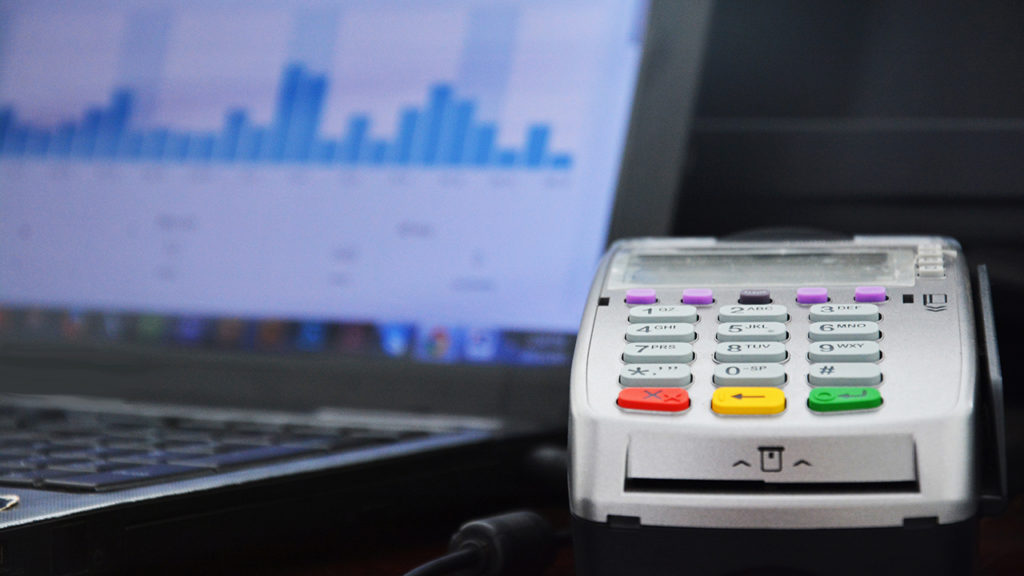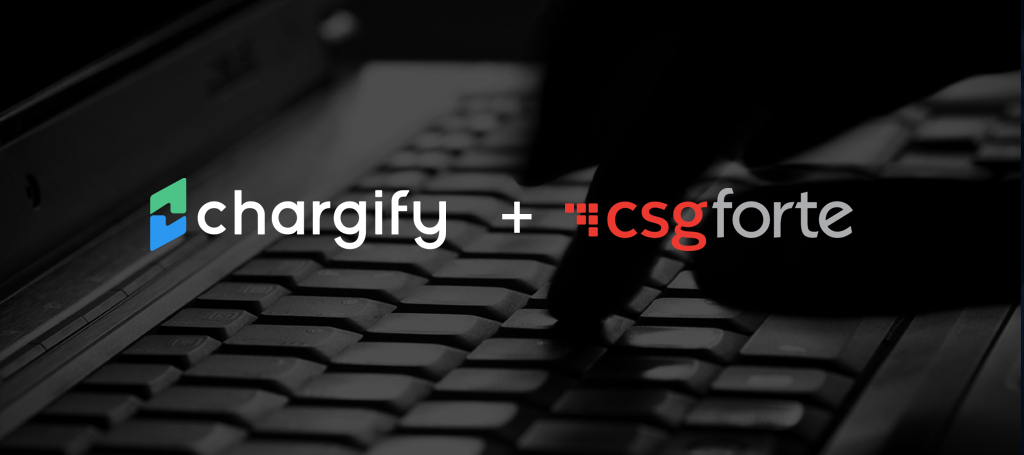SEC Code Glossary: A Quick Guide to Entry Class Codes
In the world of electronic payments, NACHA (National Automated Clearing House Association) governs and dictates the regulations for processing electronic transactions through the Federal Reserve. The regulations are very serious, utilized in legal proceedings regarding transactions and relied upon by banks, payment processors, and both federal and state governments. NACHA keeps the order for the industry, and it’s important to abide by every one of their regulations.
Whenever a transaction is submitted, NACHA needs an SEC code along with it.
What is an SEC code?
SEC stands for “Standard Entry Class,” and is basically a code that denotes the way a customer authorized a payment. When you apply for payment processing, sometimes you will find that certain types of payment methods are associated with lower costs.
For now, we’re going to give you a quick glossary of SEC codes for easy reference.
Common SEC Codes and Their Meanings
POS/POP
POS (Point-of-Sale) and POP (Point-of-Purchase) entries refer to single debit payments made in-person via credit/debit card (POS) or converted check (POP). Both the card and/or the check are used to record the account information in association with the payment, and the original method of payment is then returned to the customer.
PPD
PPD (Prearranged Payment and Deposit Entry) refers to Direct Deposit entries and any Preauthorized Bill Payment applications. In this way, these payments can be both debits or credits (meaning funds can be removed or deposited into an account) and either single or recurring (occurring as a one-time payment or scheduled multiple payments).
WEB
A WEB (Internet Initiated Entry) is simply any debit via the Internet. These entries may be single or recurring.
These debits must be authorized by the receiver via the Internet. In other words, if the authorization itself was actually received in person, via U.S. Mail or by phone, for example, even to actually suffice for a payment from the Internet – it’s not really a WEB entry. However the authorization was received is how the transaction must be classified via the SEC code.
Also bear in mind you may only initiate a credit here as a reversal of a WEB debit. You can’t submit a credit using the WEB entry code.
TEL
TEL (Telephone Initiated Entry) entries are single debit entries authorized via the telephone. In this oral authorization entry there must be a pre-existing relationship between the receiver (person authorizing the payment) and originator (person/entity receiving the payment). If there is no relationship already in place, then the receiver has to make the phone call.
Additionally, all TEL transactions have to be recorded and kept on file for a minimum of two years from the date of the transaction. If the transaction is not recorded, then the originator needs to provide the receiver with a written notice that confirms the oral authorization before the payment settles.
CCD
A CCD (Corporate Credit or Debit) is also known as “Cash Concentration or Disbursement.” These entries can be either a credit or debit – and occur specifically between corporate entities. It can be a single entry or recurring.
All business bank account transactions are listed under this SEC code. A signed authorization has to be obtained either separately or included in the contract between the businesses prior to the transaction date.
ARC
An ARC (Accounts Receivable Entry) is defined as a check conversion that is originally received via the U.S. Mail. This includes the USPS (United States Postal Service), as well as courier services like FedEx and UPS. According to NACHA, this does not include personally delivered or night drop-box items. Corporate checks are also not included.
There’s also a slight change you’ll run into these less common SEC codes:
CTX
CTX (Corporate Trade Exchange) entries are initiated by originators to pay or collect their obligations. The funds are transferred to other organizations and so mirror the same business entity requirements as the CCD entry code. Both credits and debits are allowed.
RCK
The RCK (Represented Check Entry) entry refers specifically to single debits that occur as a result of check representment. Check representment occurs after an item is returned NSF (Non-Sufficient Funds), or is bounced. The service will simply represent the check at a later, scheduled date after it is returned. Some businesses choose to initiate check representment in order to attempt to recollect their funds. For merchants that use RCK entries, a notice must be displayed visibly at the POS.
BOC
BOC (Back Office Conversion Entry) entries are single debit entries that are initiated by source documents (checks) received at POP or manned bill payment locations (in-person). These checks are collected first then converted to ACH during back office processing.
CIE
A CIE (Customer Initiated Entry) is a credit initiated usually through a bill payment service by an individual. These are meant to pay an obligation.
XCK
The XCK (Destroyed Check Entry) refers to a replacement entry that is initiated when an original check is unreadable, lost or destroyed and cannot be processed.


